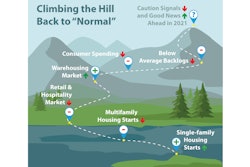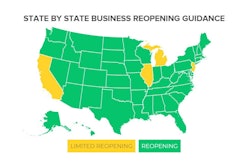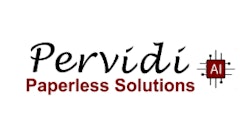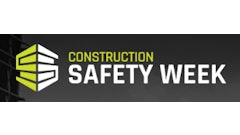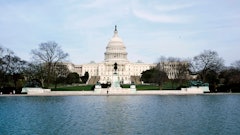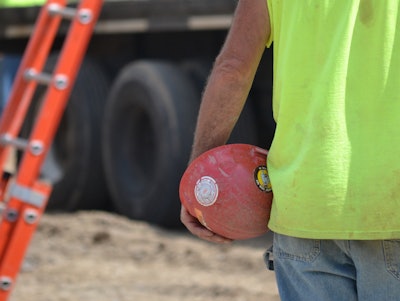
By the time you read this, most states and cities should allow a 100% reopened economy. This means it’s time to implement your restart program to:
- conclude work that was postponed and never finished,
- initiate work that was scheduled but never started,
- secure new work from your regular referral sources
- and generate new work from enhanced marketing and advertising programs.
With the restart schedule laid out, all you need now is approval to start the work, financing to do the work and, most importantly, the people, materials and equipment to complete the work.
Higher Costs Likely Ahead
Getting approval to start and checking that financing is in place to fund the project should be doable in the normal course of business. I would spend a little more time than usual on this step to ensure you will get paid. Things have changed since the project was first drafted, which could lead to financing and timing issues that would impact cash flow and profits.
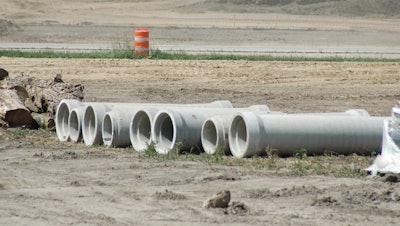
Last but not least, you need qualified employees to deliver a quality, timely project. And here is your main concern. Your furloughed folks may not come back, or they may not come back right away when you need them. New hires will find themselves in a “sellers’ market,” meaning you will have to be competitive with pay and benefits. At the same time, if you pay up for new hires, your current or returning employees will expect some consideration, as well.
In summary, any bids prepared before March 15, 2020, probably will not deliver as currently laid out. Supply chain disruptions, material costs, equipment rental costs and employee costs will be higher and the time to complete jobs understated. If I had to guess, this situation could continue for another 12 months or so.
Plan for Profits
Another big issue will be deciding how to schedule your work. Do you take the most profitable work? Do you consider current customers? Or do you work for your most consistent customers who provide a lot of work that you do for discounted pricing?
If it were me, I would start with my most consistent customers to keep consistent billing and cash flow going while then stepping up to other more profitable work.
No matter what you decide along these lines, it will be imperative to put clients on notice that the pandemic recovery timeline will demand higher pricing if supply chain and equipment issues develop.
Plan the work and work the plan to restart in a profitable fashion. You don’t want to find out at the end of the year that all work started as of June 1 was breakeven or generated a loss.
Did You Actually Qualify for Your PPP Loan?
Let’s switch to the Payroll Protection Program (PPP). I read that contractors picked up a significant portion of the PPP loan funds, meaning many of you probably are included in this statistic.
Great program - free money if you use the funds to cover payroll costs. All you had to do was fill out a simple form and provide a payroll analysis supplied by your payroll service and away you go. But my CPA mind is telling me: “This is too simple. There is no audit of the data or calculations that you would expect if someone is providing a $1 million loan.”
And guess what? The audit takes place when you apply for forgiveness of the loan. The forgiveness docs required and the calculations that must be made to support your eligibility for forgiveness are not fun and change just about every day. In addition, your employee count when you apply for forgiveness must be the same as when your applied for the loan. As a contractor, that may not be possible for the reasons noted earlier.
The original language of the PPP required that 75% of loan proceeds be used for payroll expenses. This was then lowered to 60%, which insinuated that if you didn't spend at least 60% for payroll expense, none of the loan would be forgiven. The latest change now says you can receive partial loan forgiveness if less than 60% is spent for payroll costs (as defined under the program).
How to Maximize Forgiveness of your PPP Loan
If you borrowed more than $2 million, the Small Business Administration has six years to determine if you initially qualified for the loan. In other words, you need to prove that you did not have other funding sources available during this period.
Many people are going to be surprised to discover they did not actually qualify for a PPP loan. If you didn’t and you spent the loan proceeds, you will have to repay it over a period of time. So, make sure you understand how PPP works in terms of eligibility, number of employees, the need to rehire furloughed personnel and wage scale requirements.
If you borrowed less than $2 million the initial qualification test is not required, but the employee issues noted in the previous paragraph do.
Even though the window to use PPP funds has been extended and the deadline to rehire employees pushed back to December 31, 2020, I recommend you review your status now to determine that you qualify for the program and have complied with all the new complex rules regarding forgiveness. Find someone who knows how PPP works and have them run your numbers and situation – knowing full well that the requirements will most likely change again before the end of the year.
Garry Bartecki is the managing member of GB Financial Services LLP and a consultant to the Associated Equipment Distributors. He can be reached at (708) 347-9109 or [email protected].





